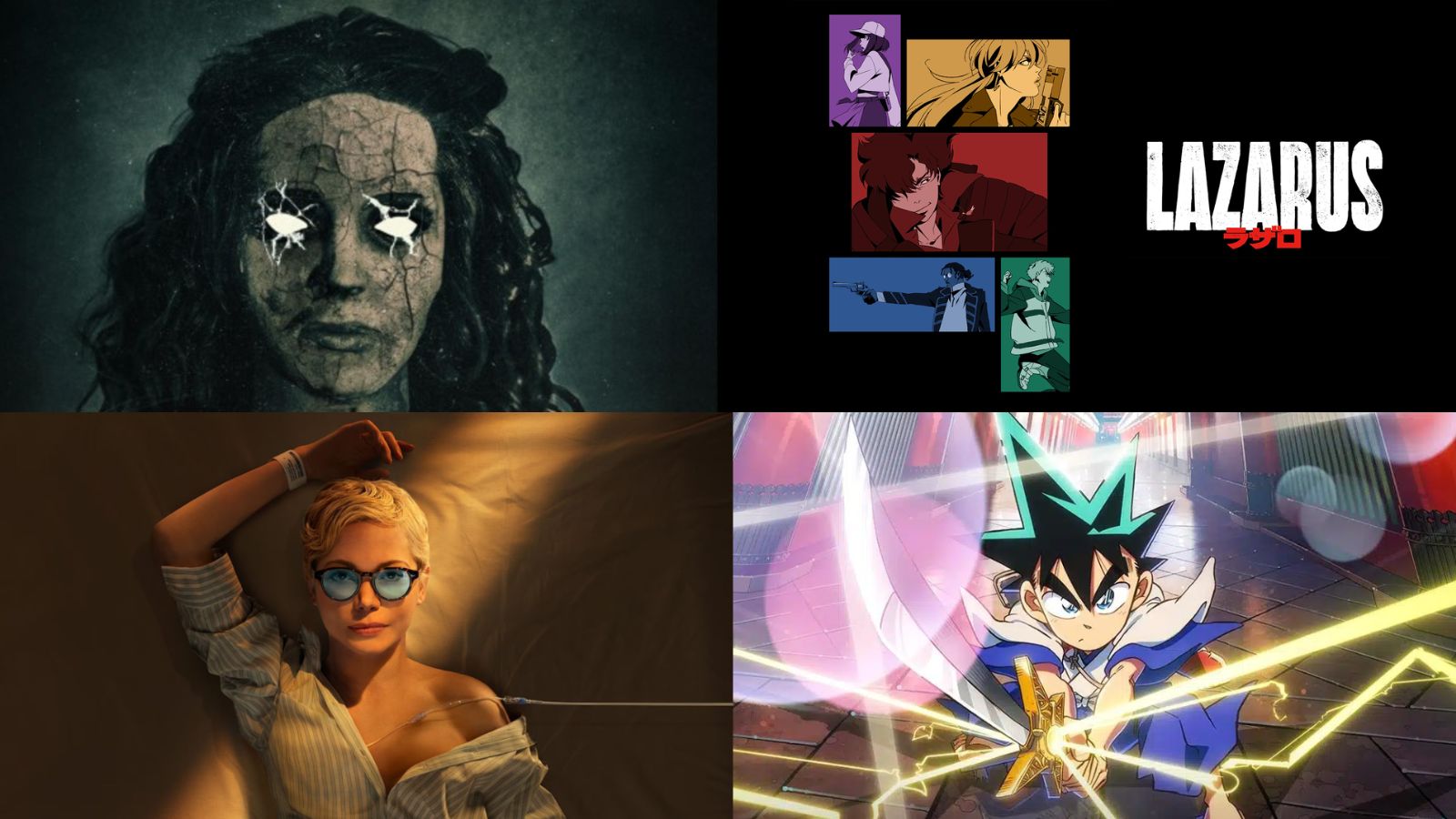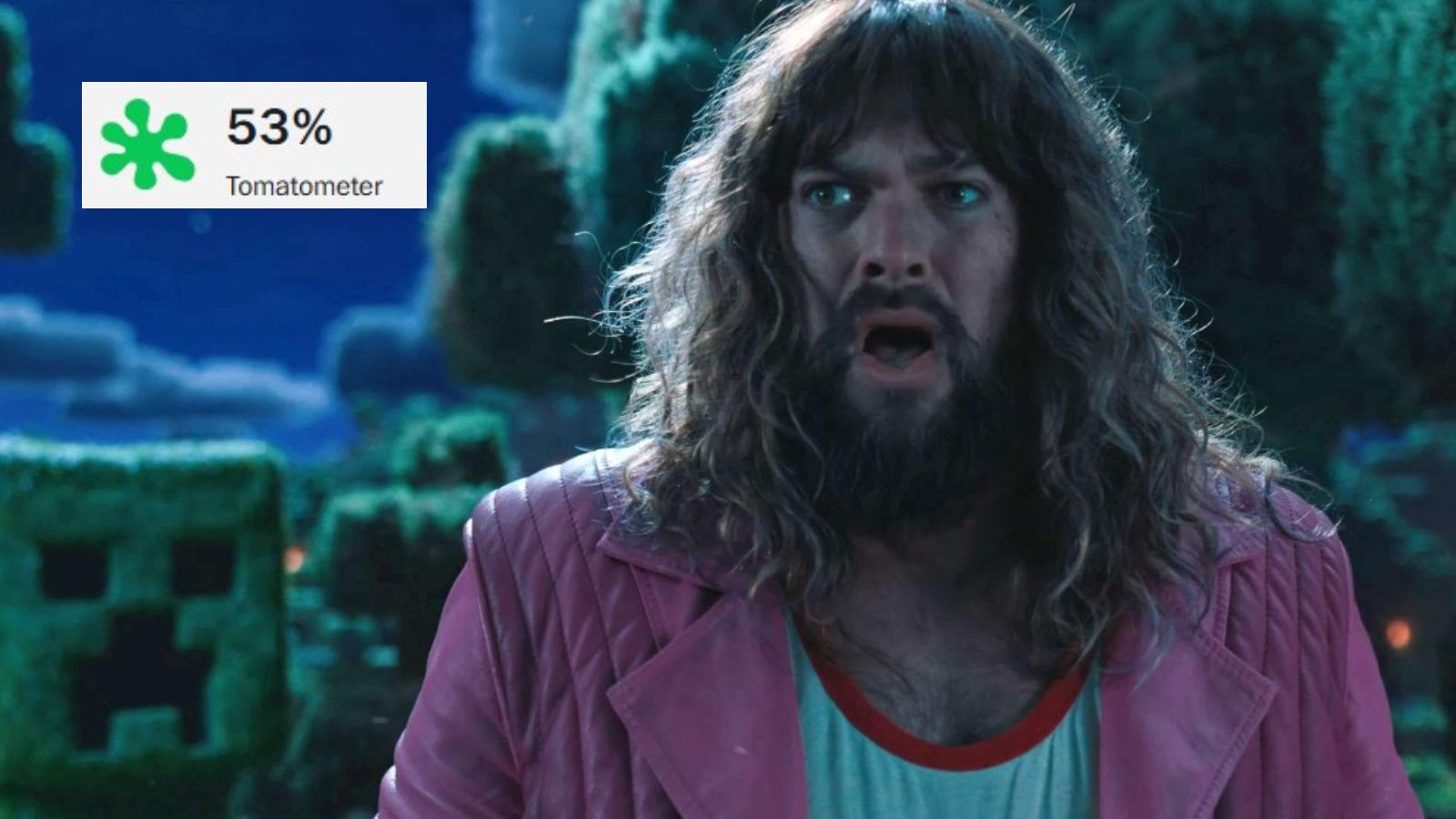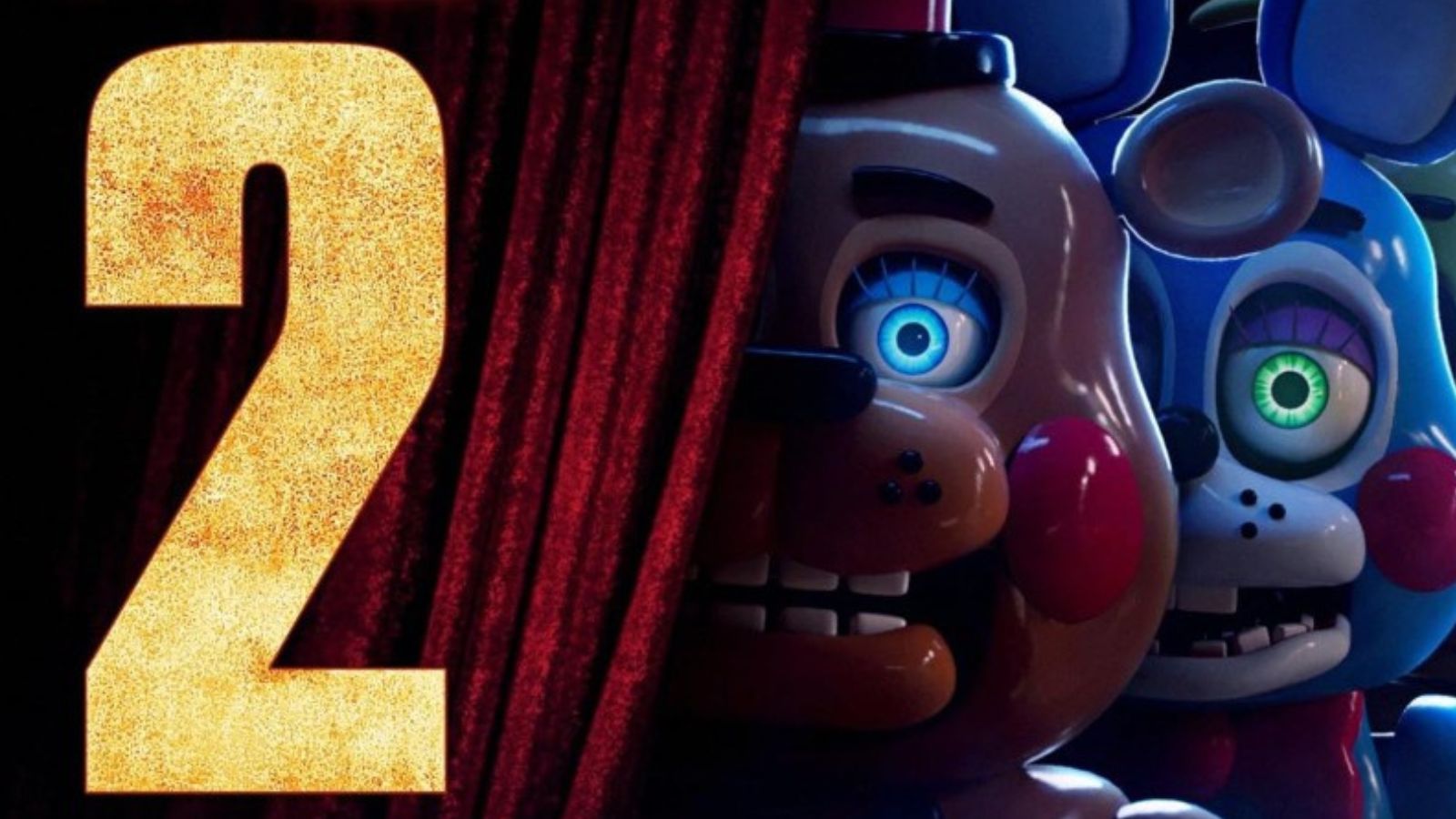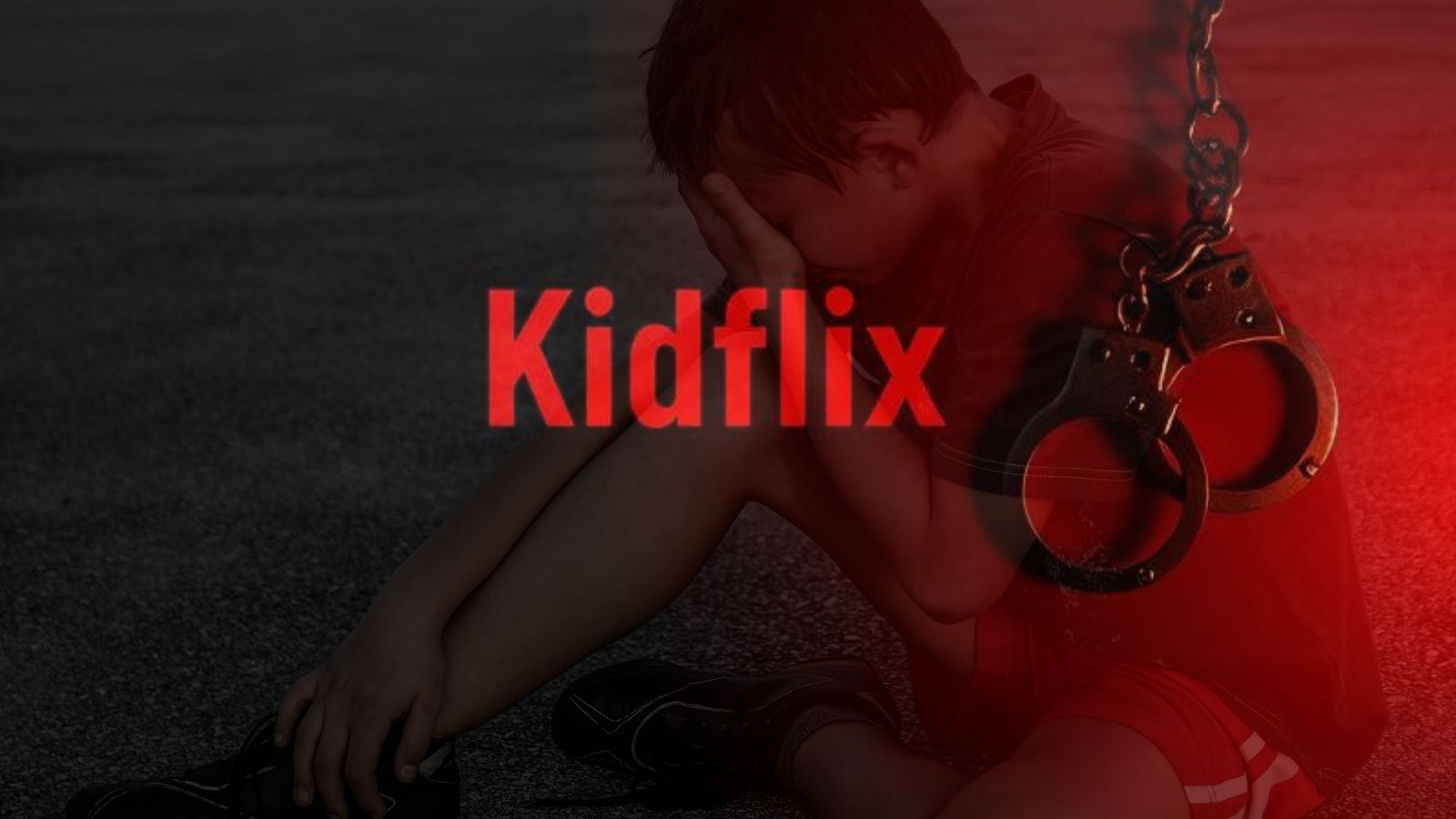
When you purchase through links on our site, we may earn an affiliate commission. Here’s how it works.
How to Watch Atomic People Online Free: Stream Stories of Hiroshima & Nagasaki Survivors
Atomic People dives deep into the human impact of the first and last atomic bombs ever used in warfare.
In a pivotal moment in world history, the United States dropped atomic bombs on Hiroshima on August 6, 1945, and Nagasaki three days later, i.e., on August 9. The bomb nicknamed ‘Little Boy’ obliterated Hiroshima with a force 2000 times more powerful than any bomb before it, killing approximately 80,000 of the city’s 350,000 residents instantly. By the end of that year, the death toll rose to 140,000 due to radiation-related illnesses.
In Nagasaki, around 40,000 people were killed instantly, with the number increasing to 74,000 by year’s end by another bomb named “Fat Man.”
Now, almost eighty years later, Atomic People brings together the testimonies of some of the last ‘Hibakusha’—survivors of the atomic bombs—before their voices are lost forever. The series combines their personal stories with archive footage, featuring many voices from this diminishing group.
Curious to know more? Discover how, when, and where to watch Atomic People online. We'll highlight the benefits of using a VPN and provide the release date, FAQs, and more regarding this moving docuseries.
Where to Watch Atomic People for free
The documentary airs in the UK on BBC Two on Wednesday, July 31, 2024, from 9 pm to 10:30 pm GMT. Atomic People can be accessed for free with ads on BBC iPlayer when you log into your BBC account. All you need to do is log in with your existing credentials or create a free account on the BBC iPlayer website.
BBC iPlayer has a diverse content library featuring a diverse range of TV shows and movies, such as Glastonbury 2024, Doctor Who, Andy Murray: Will to Win, The Stormtrooper Scandal, Peacock season 2, and many more.
Why was an Atomic Bomb Dropped on Hiroshima & Nagasaki?
Several factors influenced the United States' decision to drop atomic bombs on Japan. A primary reason was Japan's refusal to surrender unconditionally. Japan wanted to keep their emperor, conduct their war trials, and avoid US occupation. This stance prolonged the war, as Japan resisted surrender even after devastating firebombing campaigns.
Another factor was the Soviet Union's entry into the war against Japan on August 8, 1945, following agreements at the Tehrān and Yalta conferences. President Harry S. Truman likely ordered the Nagasaki bombing not only to hasten Japan's surrender but also to demonstrate American military might and limit Soviet influence in Japan, foreshadowing the Cold War rivalry between the two superpowers.
Facts About ‘Little Boy’ & ‘Fat Man’
Little Boy was dropped on Hiroshima on August 6, 1945. This bomb had a straightforward design, triggering a nuclear explosion by firing one piece of uranium-235 into another. The chain reaction was achieved by combining these two uranium masses.
Fat Man, the second nuclear bomb, was a plutonium implosion-type device. It was dropped on Nagasaki on August 9, 1945. This bomb had a more complex design than Little Boy, resulting in greater explosive power.
Who was the most Famous Survivor of Hiroshima?
Tsutomu Yamaguchi (16 March 1916 – 4 January 2010) holds a remarkable place in history as a Japanese marine engineer who miraculously survived the atomic bombings of both Hiroshima and Nagasaki during World War II.
Movies on Hiroshima & Nagasaki you can Watch
Fat Man and Little Boy (1989), Frankenstein Conquers the World (1965), Rhapsody in August (1991), The Beginning or the End (1947), and Little Boy (2015) are some similar movies you can watch.










